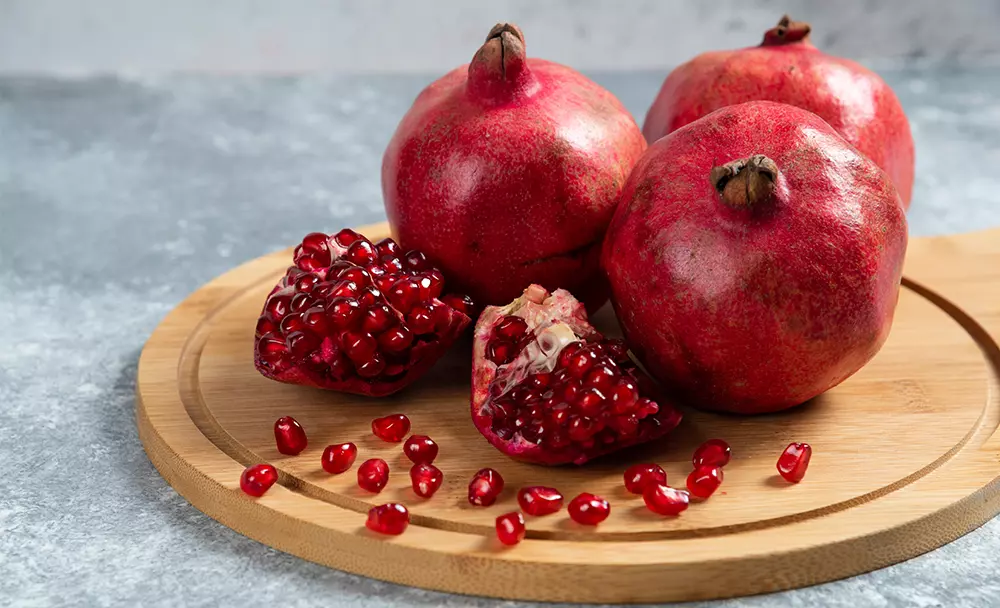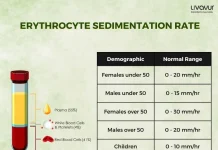This article is reviewed by an expert

Diabetes is one of the most threatening endemic lifestyle disorders in the world with social, medical and economic ramifications. Therefore, it is important to prevent and manage diabetes efficiently (1).
One of the most crucial tools for managing diabetes is diet. By eating a healthy diabetic diet, you can make sure to not only manage diabetes but also prevent diabetes complications like heart problems, kidney disorders, etc. (1).
Are you ready to have a look at what foods a diabetic diet comprises and what foods are to be eliminated?
However, before we dig deep into that, let’s understand diabetes from the perspective of Ayurveda.
Diabetes: From The Lenses of Ayurveda
In Ayurveda, all polyuric diseases are described under Prameha, and Madhumeha or diabetes is one among them (1).
According to Ayurveda, Apathya Ahara (diabetic incompatibilities or unwholesome diet) is one of the leading causes of diabetes. Therefore, eating right is crucial in the Ayurvedic management of diabetes (1).
What To Avoid In a Diabetic Diet According to Ayurveda? (1)
- Foods that can increase Kapha Dosha, such as excessive curd, the flesh of animals of domestic, aquatic and marshy places, dairy preparations, new grains, puddings made of jaggery and sugar, etc.
- Foods or drinks that can increase Medas (adipose tissue) and Mutra (urine)
- Foods that are sweet, sour, salty, fatty, not easily digestible, slimy and cold
- Foods that can increase Vata such as dry foods, light foods, pungent and bitter foods and cool foods
What To Include In a Diabetic Diet According to Ayurveda? (1)

According to Ayurveda, diabetics should include foods that are in accordance with Dosha, Ritu (season), and Prakriti (constitution). Here’s a list of Ayurveda-approved foods for diabetics to include in their diet plan:
1. Vegetables
Vegetables that are non-starchy like broccoli, carrots, green peppers, and tomatoes. Vegetables with a bitter and astringent taste like fenugreek, pointed gourd, bitter gourd, drum stick (moringa), garlic, etc.
2. Fruits & Seeds
Swap snacking on fried or calorie-filled foods with fruits, such as apples, bananas, oranges, melons, berries, jamun, amla, pomegranate, etc. You can also snack on roasted seeds like fenugreek, lotus, and flax seeds.
3. Grains & Pulses
Make sure that at least half the grains in your daily diet are whole grains, such as oats, barley, quinoa, rice, wheat, bajra, etc. It is also advisable to include pulses, such as Bengal gram, toor dal, green gram, horse gram, etc.
4. Protein
People with type 2 diabetes benefit from a high-protein diet because it improves overall glucose control and lowers blood glucose levels postprandially. If you eat non-vegetarian food, include protein from lean meat, fish, eggs, chicken or turkey (without the skin), etc.
If you are a vegetarian, eat chickpeas, split peas, tofu, and dried beans to fulfill the protein component in your diet. (2)
Why Are Fruits, Vegetables, Spices and Seeds Included in a Diabetic Diet? (1)
Fruits and vegetables reduce the risk of diabetes, delay sugar digestion and absorption, improve insulin sensitivity and relieve constipation. Fruits are not only rich in fibre but also in phytates that help modulate glycemia and produce a different GI of foods. Fruits and vegetables also provide several nutrients like dietary fibre, vitamins, minerals and phytonutrients such as flavonoids, saponins, polyphenols, etc., making sure your meal is balanced.
However, type 2 diabetics can not eat all types of fruits. Fruits with a high glycemic index, like bananas, grapes and mango, are not recommended for diabetes patients. These fruits can be enjoyed in a smaller proportion occasionally.
Apart from fruits and vegetables, spices are also essential ingredients in a diabetic diet. They have potent medicinal and therapeutic properties that help reduce blood glucose levels and improve glucose tolerance. Therefore, Ayurveda recommends several for diabetes, such as pepper, asafetida, fenugreek seeds, cumin seeds, curry leaves, rock salt, turmeric, cinnamon, mustard, garlic, onion, ginger and coriander.
Sample Diet Plan for Diabetics (2)
|
Time |
Diet Plan |
|
Morning |
Start your day with warm infused water (can be infused with tulsi, mulethi, ashwagandha, etc) |
|
Breakfast |
Breakfast should be rich in fibre – cereals with ragi, bajra or maize is best. You can also switch once in a while with roti or steamed idli complimented with mint, coriander, or tomato chutney. |
|
Mid-Morning Snack |
Include protein-rich dishes like spiced sprouts. |
|
Lunch |
Have a healthy hot dal soup, steamed veggies, roti and buttermilk |
|
Dinner |
Oats or broken wheat porridge, wheat roti and a bowl of steamed vegetables |
Ayurvedic Tips to Keep Diabetes Under Control
- Dietary Adjustments – Try including more bitter foods in your diet rather than merely cutting less on sugar and carbohydrates. These include aloe vera, bitter gourd, amla, and hemp seeds, all of which have demonstrated outstanding effects in the treatment of diabetes.
- Stock up on Methi-Dana – Experts in Ayurveda advise diabetics to keep a supply of methi-dana in their homes and to take it regularly. Eating the sprouts or consuming the fenugreek water in the morning is recommended.
- Bay Leaves – It is an ayurvedic home remedy for diabetes. If you consume a mixture of bay leaf, turmeric, and aloe vera gel before meals, it can manage fluctuations in sugar levels.
- Stay hydrated – We can maintain and even raise our blood volume by drinking enough water. An increase in blood volume can lower the concentration of solutes (such as sodium) in the blood, which lowers the osmotic pressure and, in turn, blood pressure. Water is essential for the kidneys to operate at their best.
- Get Physical Exercise – Being physically active helps you control your diabetes because it increases your body’s sensitivity to insulin, the hormone that permits your body’s cells to use blood sugar as fuel. Exercise also reduces the risk of heart disease and nerve damage and helps regulate blood sugar levels.
The Final Takeaway
Diabetes is a serious condition that needs to be addressed properly. Diet is one of the best tools to do so. Eating the right food and limiting the intake of unhealthy foods can make a remarkable difference in diabetes management.
References
- http://www.rjdnmd.org/index.php/RJDNMD/article/download/177/152
- https://www.niddk.nih.gov/health-information/diabetes/overview/diet-eating-physical-activity
- https://www.researchgate.net/publication/352749215_DIABETIC_DIET_IN_AYURVEDA
Manage Diabetes With The Knowledge Of Ayurveda (Download Ebook)

















